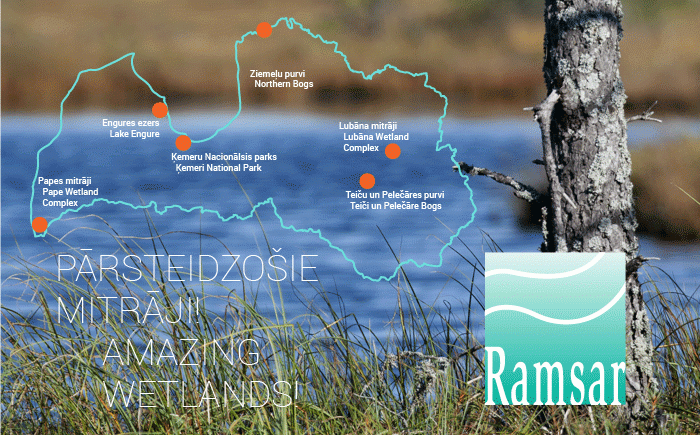In 2021, the 50 th anniversary of the Ramsar or Wetlands Convention everyone to better understand and assess the use of wetland water.
We are in a water crisis with serious consequences, and wetlands are at the centre of its resolution,” said the Director-General, adding that wetlands are an important source of freshwater without which life cannot exist, so humanity's primary responsibility is to conserve water and preserve wetlands.
Wetlands, as ecosystems, are of great importance for the preservation of biodiversity and people's lives are unthinkable without it. . In order to protect them, on 2 February 1971, the Convention on wetlands of international interest, particularly the life environment of waterbirds, was adopted in Ramrosé in the Iranian city, often referred to as Ramsar or as the Wetlands Convention. It is the only international environmental treaty dedicated to a particular ecosystem.
Article 2 of the Ramsar Convention provides that each State Party to the Convention is to designate in its territory wetlands of international interest, or so-called Ramsar sites. In order to identify an area as Ramsar site, it must meet one or more criteria, such as 20 000 or more waterbirds regularly present in the area.
In total, 170 countries with more than 2350 wetlands of international importance have joined the Ramsar Convention, with a total area of more than 2.5 million hectares. Latvia has six internationally important wetland sites
- Lake Engur,
- The site of the Federal Park,
- Lubana wetland,
- Pape,
- Pelečāre bog,
- Teiči bog,
- Northern bogs.
The most important wetland areas in Latvia comprise more than 12 400 rivers and 2256 lakes, which are larger than one hectare, with artificial water reservoirs occupying around 3.7% of the territory of Latvia. Relatively intact swamps occupy 4.9%, while peat deposits (these consist of swamps and some types of wet forests on peat soils) occupy 10.4% of Latvia's territory s. Other types of wetlands are found in smaller areas in Latvia – coastal meadows, flood meadows and other natural and man-made wetlands.
Wetlands in accordance with Article 1 of the Convention are floodplains, grass and peat swamps or waters, whether natural or artificial, permanent or transfixed, containing standing or running water, freshwater, brackish or salty water, including marine area, the depths of which do not exceed 6 metres at low tide.



